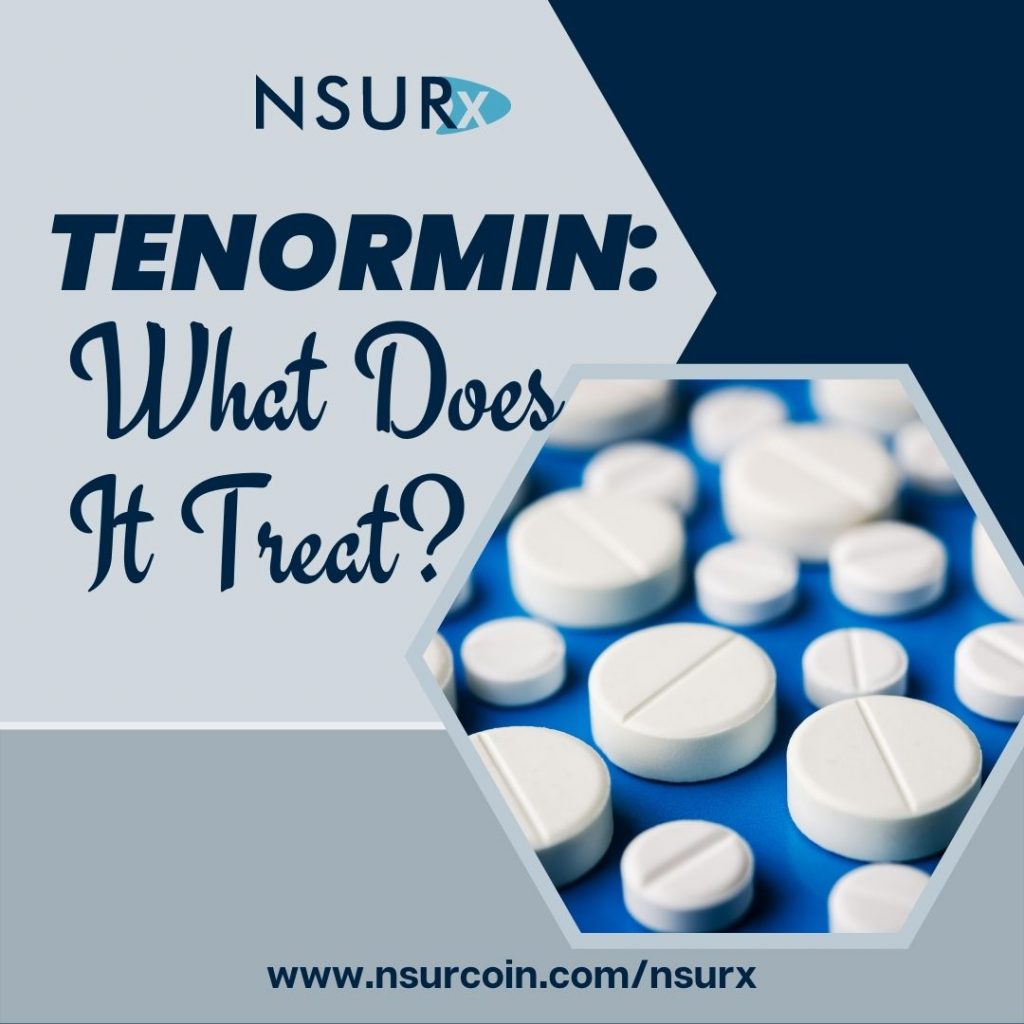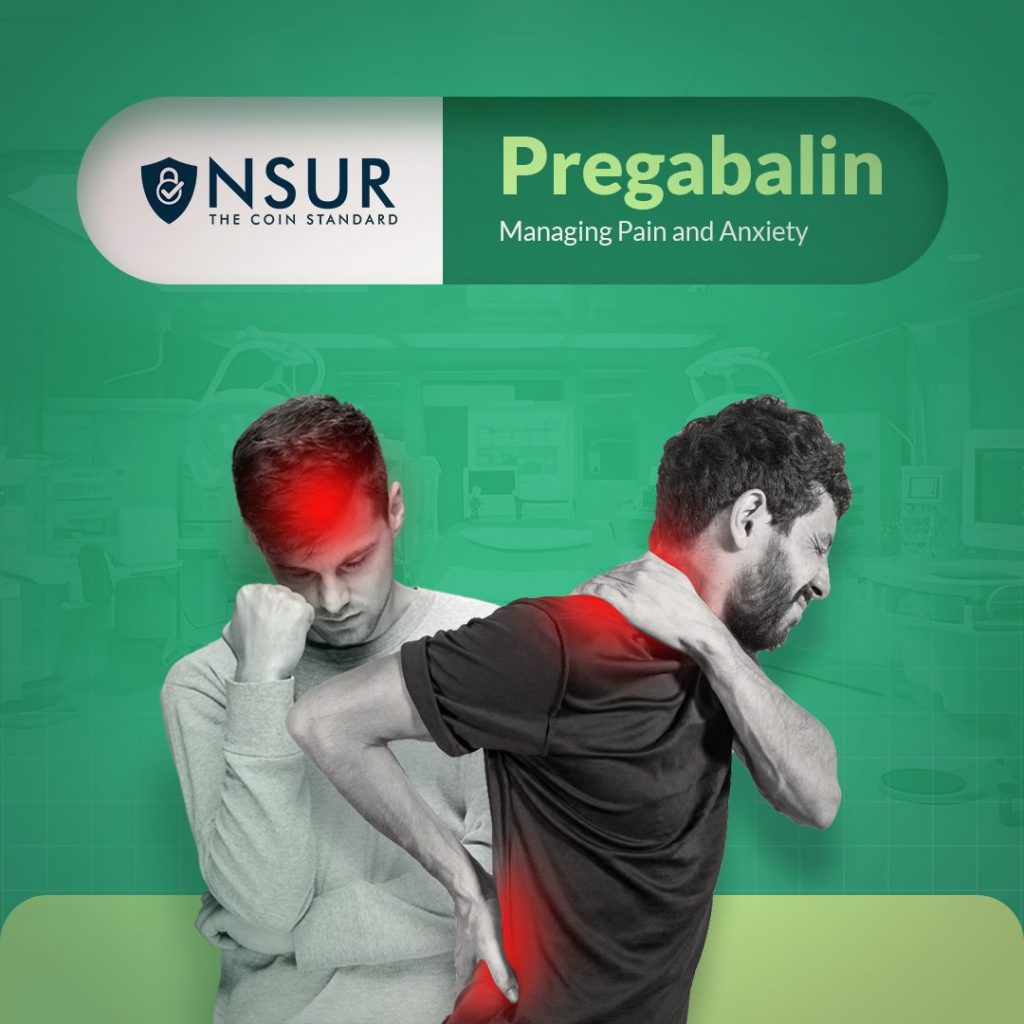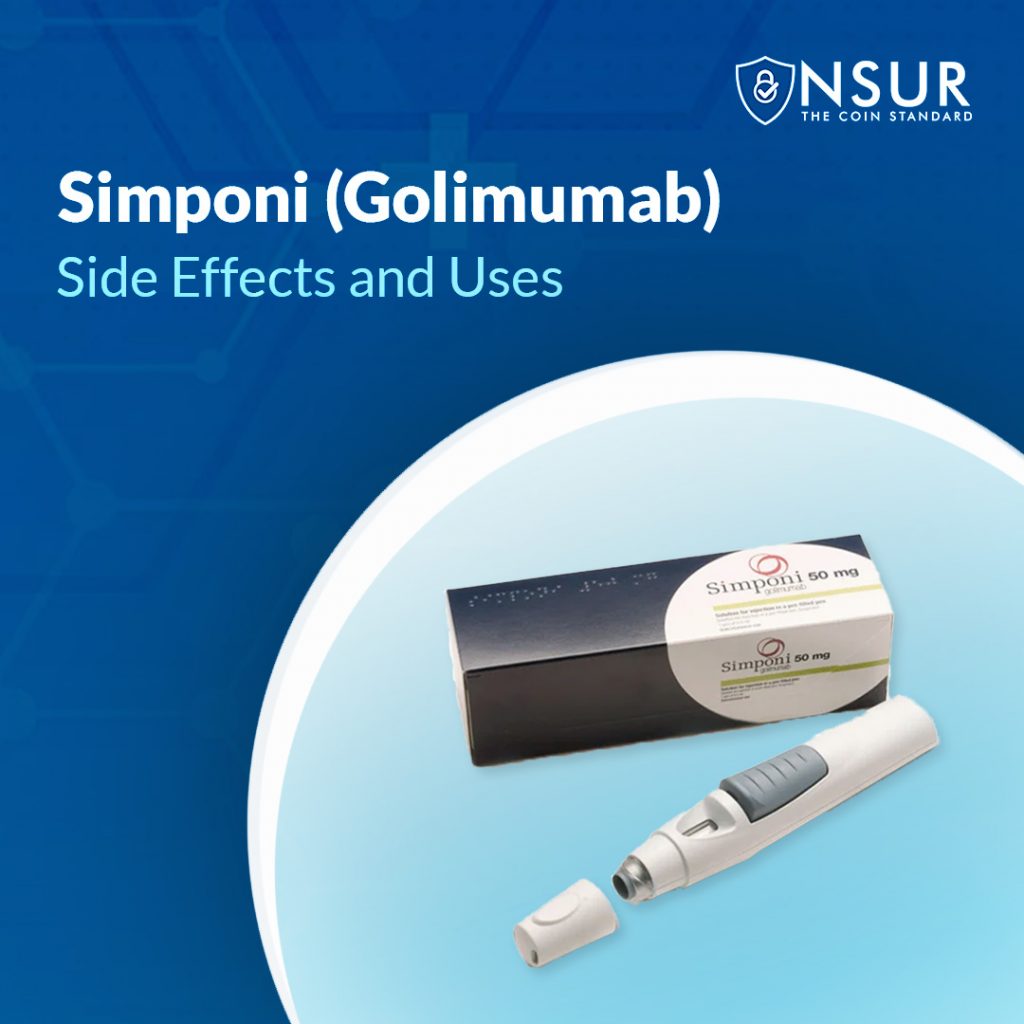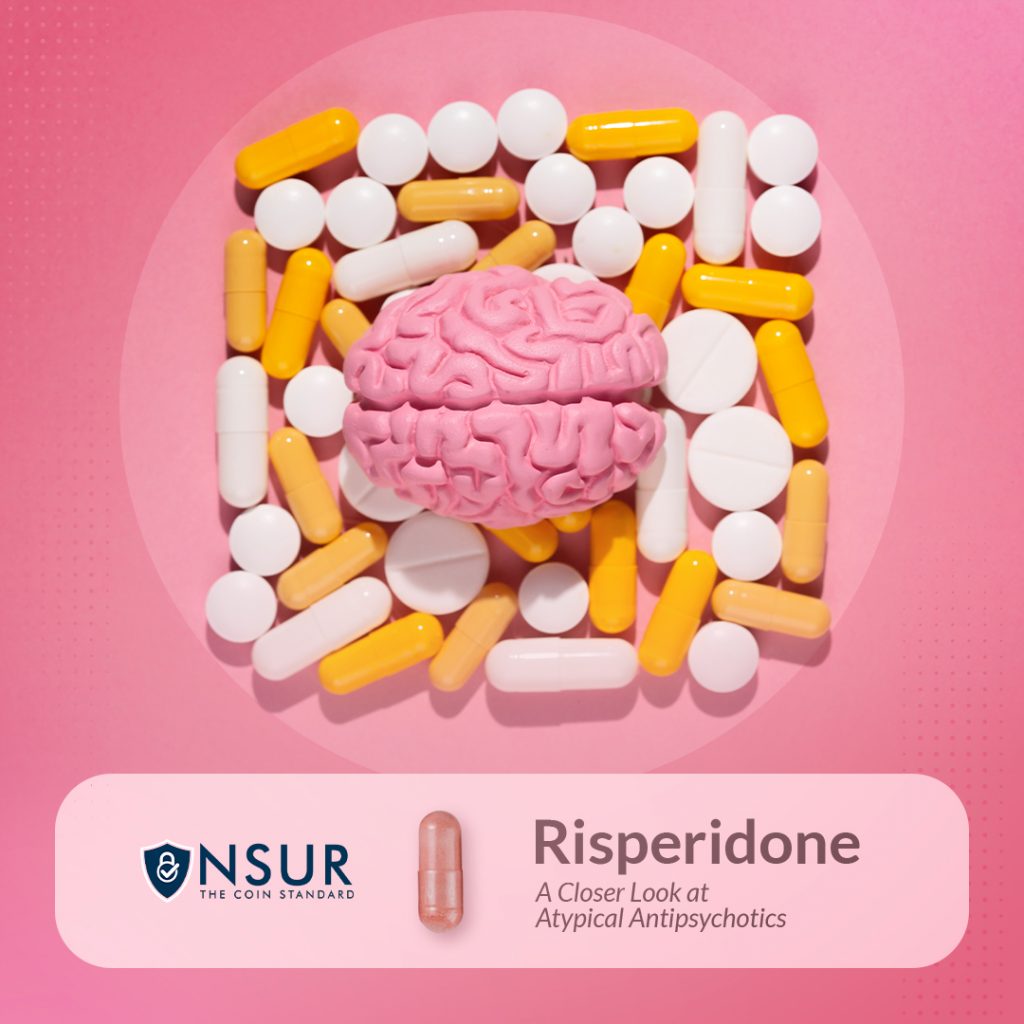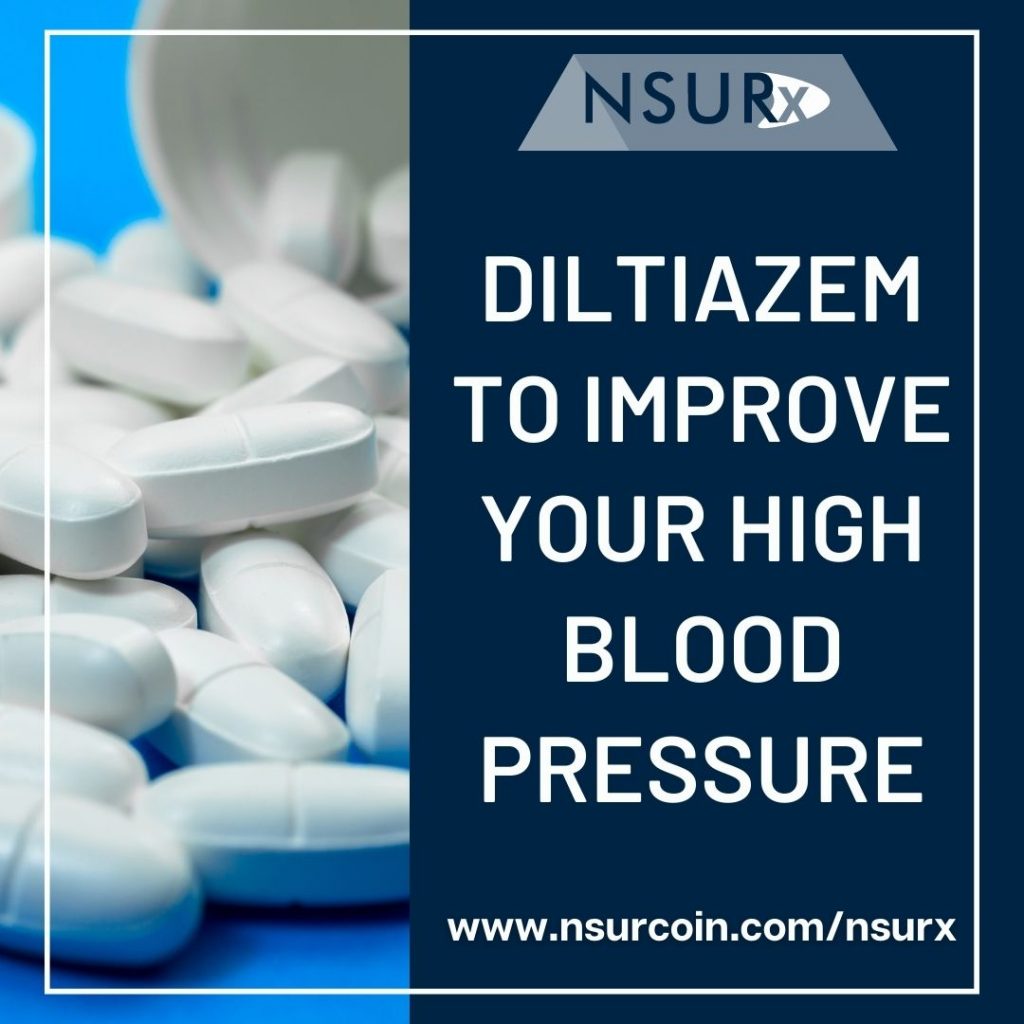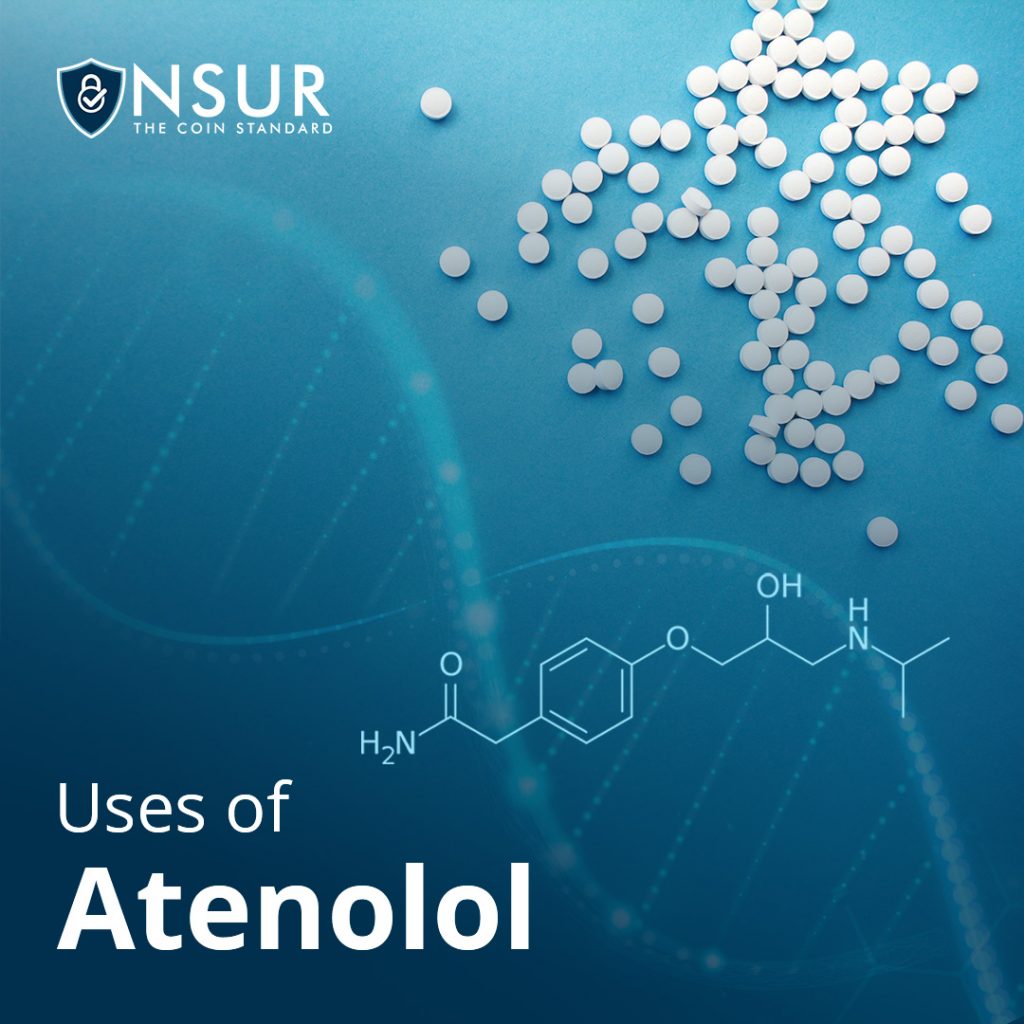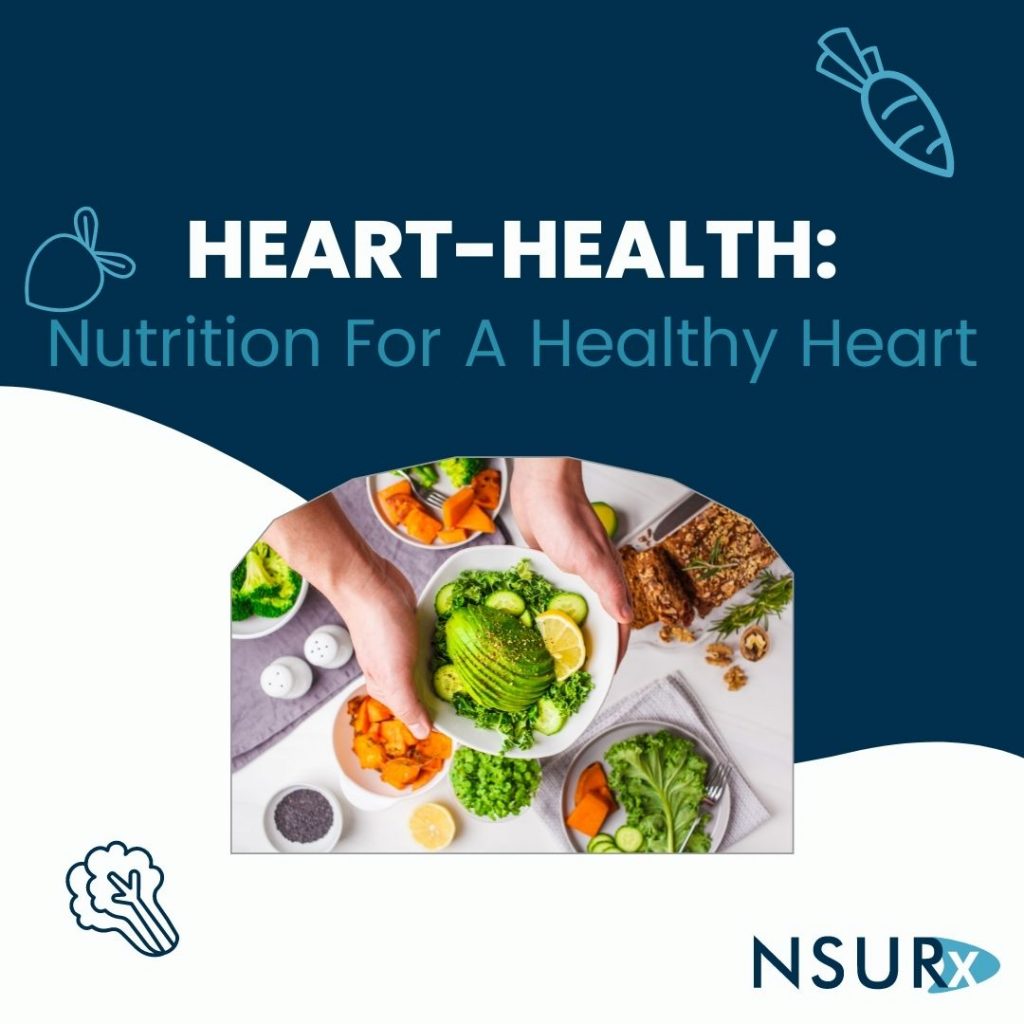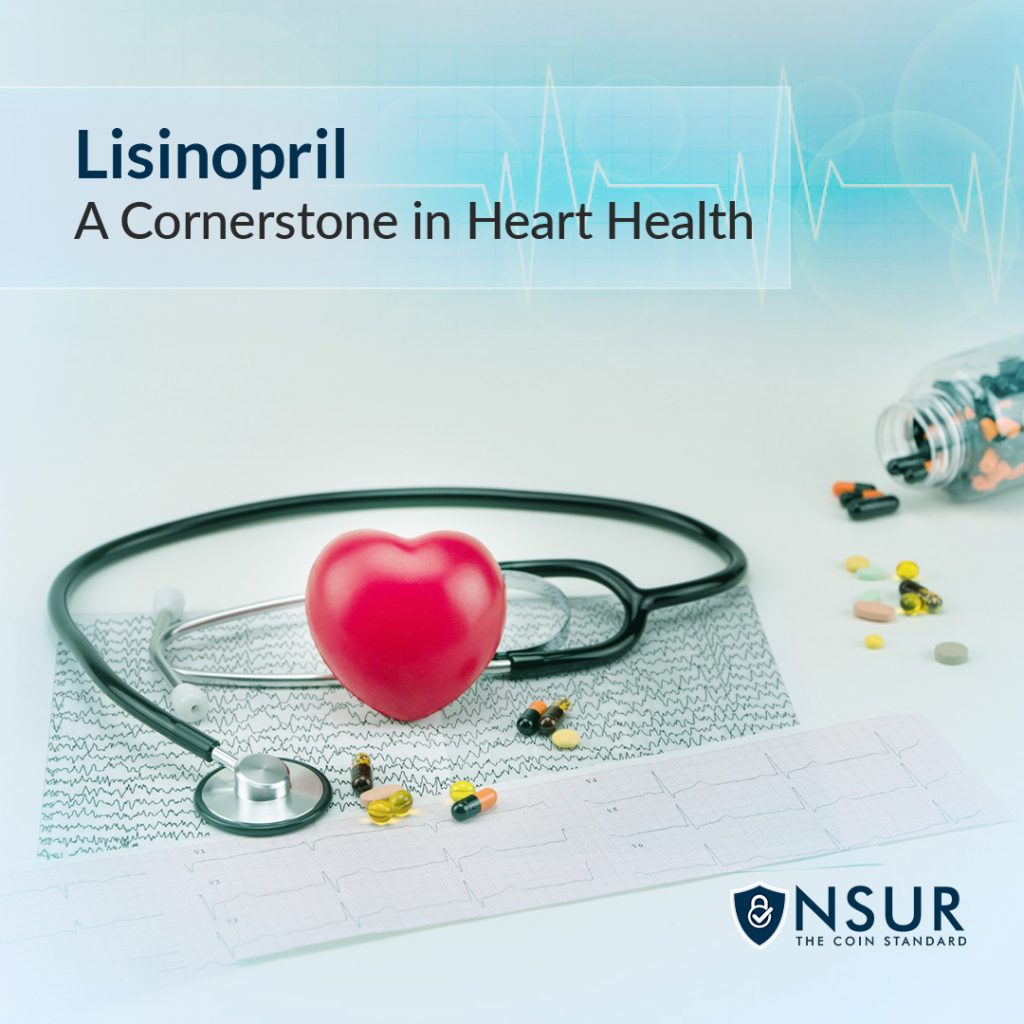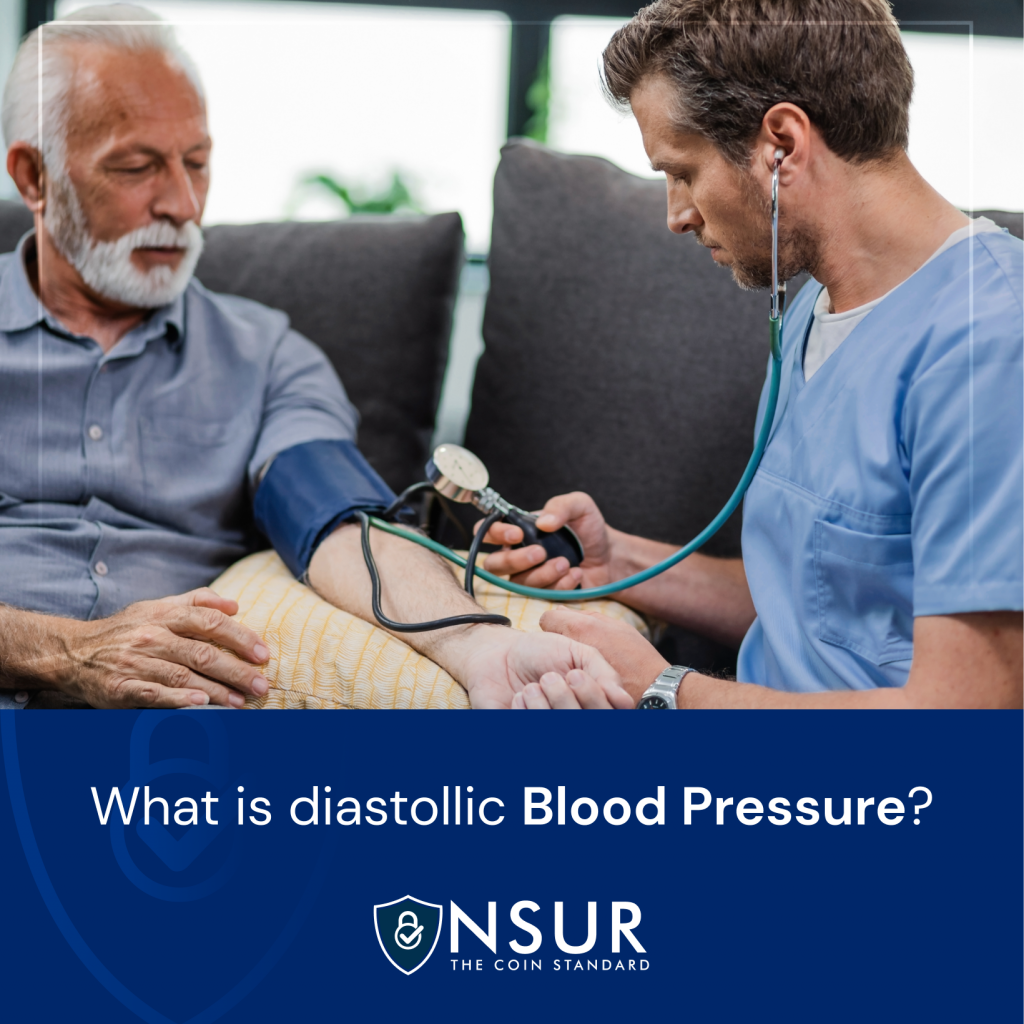
The Diastolic reading or blood pressure number is the pressure in arteries when the heart rests in between the beats and gets oxygen while being filled up with blood.
Diastolic Blood Pressure is also known as the blood pressure numbers which are usually mentioned on the “bottom”. The first or the top one is known as systolic blood pressure. Both diastolic and systolic blood pressure numbers are equally important.
Systolic reading of blood pressure numbers is when there is a force caused by your heart when it squeezes and pushes blood through arteries.
Systolic Blood Pressure Readings
Normal: Below 120
Elevated: 120-129
Stage 1 Hypertension: 130-139
Stage 2 Hypertension: 140 or more
Hypertensive Cases: 180 or more (call medical help immediately)
Diastolic Blood Pressure Readings
Normal: Below 80
Stage 1 Hypertension: 80-89
Stage 2 Hypertension: 90 or more
Hypertensive Cases: 120 or more (call medical help immediately)
Blood Pressure Ranges
An average human being is considered to be healthy if their blood pressure reading comes to 120/80, although, there are various factors that need to be taken into consideration when checking blood pressure, such as age and gender.
If you have the ideal blood pressure, that means that you don’t have to make any major lifestyle changes but if the reading is below or above the given numbers then it is advised to seek out medical help as soon as possible.
Ignoring blood pressure readings can result in severe medical complications like stroke and heart attack.
What are the Signs and Symptoms of High Blood Pressure?
There are usually no symptoms, and that is why it is also known as a “silent killer”. To know if you have high blood pressure, you have to measure it regularly.
Lifestyle Changes To Manage High Blood Pressure
- Cutting down your sodium intake. Consult a nutritionist or a medical professional to analyze how much sodium is needed for your body. Before buying any processed food, check the nutritional label.
- Elevate your workout routine, and start exercising at least 40 mins every day. Don’t lift weights if you have high blood pressure, instead try cardio and aerobic exercises.
- Manage your weight, especially if you’re obese. Weight loss and weight management can help in managing high blood pressure as well.
- Start eating healthier and greener food, and avoid processed food and sugary items. Meet a professional nutritionist to help you map out a healthy diet for your daily routine.
- Limit alcohol and cigarettes, and if possible cut down on cigarettes completely.
Take advantage of NSURx when making healthy lifestyle changes!
With the NSURx Prescription Benefit Card, you can save money on your blood pressure medications at more than 35,000 pharmacies across the United States.
You can save up to 80% on your blood pressure medication by using an NSURx card. Hundreds of dollars in savings could be yours every time you fill out your prescription.
The more you shop with NSURx, the more NSUR Coins you will receive as a reward.
